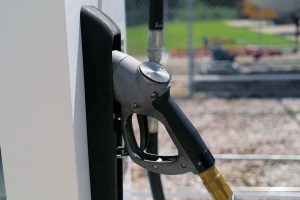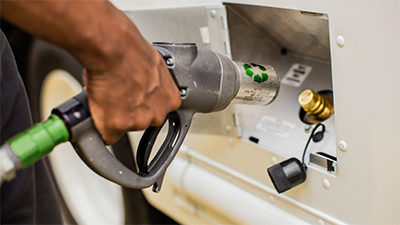Knock Out NOx with Propane Autogas
 For fleet owners, it’s time to clear the air — of harmful gases like nitrogen oxides (NOx). As discussed in our last post, “Say No to NOx.” NOx are reactive gases that pollute the air, contribute to acid rain and can trigger health problems.
For fleet owners, it’s time to clear the air — of harmful gases like nitrogen oxides (NOx). As discussed in our last post, “Say No to NOx.” NOx are reactive gases that pollute the air, contribute to acid rain and can trigger health problems.
With motor vehicles being the primary source of NOx, the U.S. Environmental Protection Agency and the California Air Resources Board have both set standards for lowering NOx emissions. The EPA lowered NOx emission standards from 5.0 (grams per brake horsepower per hour) in 1994 to its current 0.20 in 2007. CARB’s optional low-NOx standards fall below the EPA standard.
Choosing a clean-burning fuel like propane autogas for fleet vehicles can help cut NOx emissions considerably. Propane autogas is naturally lower in NOx than diesel or gasoline. For example, for heavier-duty engines fueled by propane autogas, NOx is reduced by about 60 percent compared with conventional diesel engines. Propane autogas-fueled vehicles also emit 20 percent less NOx than gasoline-powered engines.
To make an even greater impact, fleet owners can now choose new engines that substantially reduce NOx levels in class 4-7 vehicles. For example, the new ROUSH CleanTech low NOx propane autogas engine meets CARB’s the optional low NOx level of .05 grams per brake horsepower per hour (g/bhp-hr).
Looking for another reason to make the switch? The combination of propane autogas’s low NOx qualities and new low-NOx propane engines means buses and transit vehicles may qualify for Volkswagen Environmental Mitigation Trust settlement funding. The Environmental Mitigation Trust has $2.9 billion in state funding to invest in transportation projects that reduce NOx emissions. As a fleet operator, you could have access to funding to replace aging diesel vehicles with alternative fuel vehicles, depending on how your state beneficiary chooses to allocate those funds. Learn more here.
If you have questions about how you can help clear the air, leave a comment or contact us at 800-59-ROUSH. Or join the conversation here.













